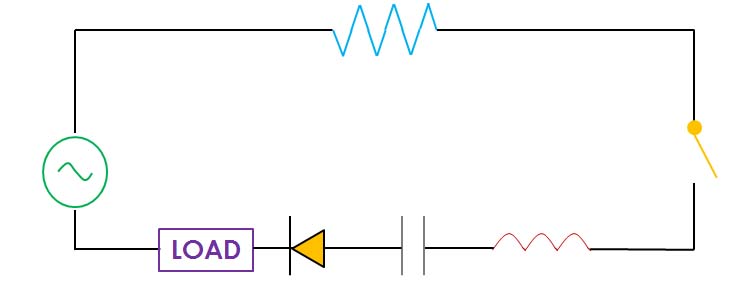StayingSustainable.com
Electrical Circuit Basics
Merrian-Webster defines a Circuit as the complete path of an electric current including usually the source of electric energy. In order for energy to flow, there has to be a complete circuit.
In simpler terms, consider your light switch. When you flip the switch, it works because it is closing, or completing, an electrical circuit. When the switch is off, there is literally a gap in path, thus it is not a complete circuit, and there is no flow of energy from the source to the load, or the light bulb.

Every current contains three things: voltage, current and resistance.
*
*
*
You could think about it in way of water flow, if its easier for you. In water flow, a pump is the source which provides the water pressure, much like a battery would provide the voltage. The pipe the water flows through is the resistence. The current is the rate at which the water flows.
A circuit will typically have a

*
*
*
*
*
You should notice that the graphic above shows a different symbol for the
On that note, we have mentioned that the
There are many other symbols and components you might see, but these were some of the basic ones. Also, there is much more to be said about AC and DC if you want to fully understand circuits. You can learn more on our tutorial about the difference between AC and DC. You'll also want to know about circuits in series and parallel. The information you've learned should be enough to get you going. Thanks for visiting and learn on!